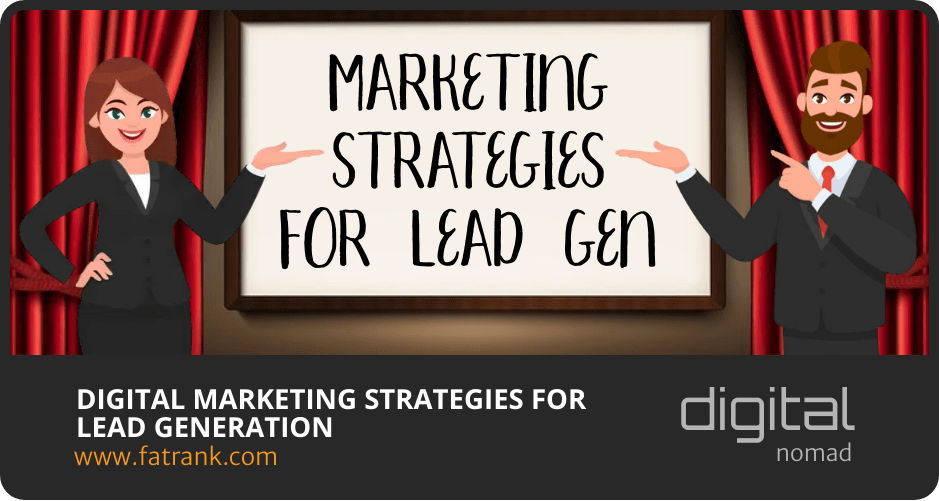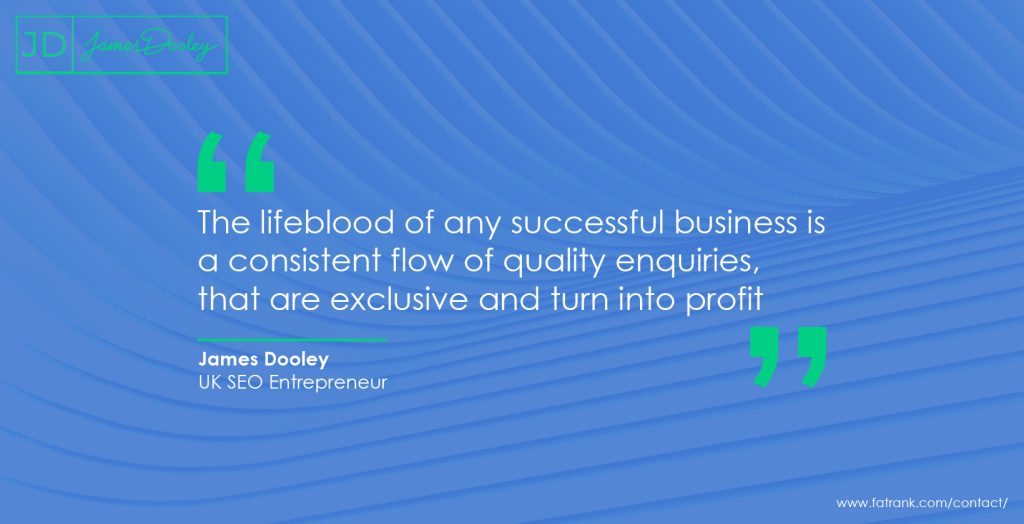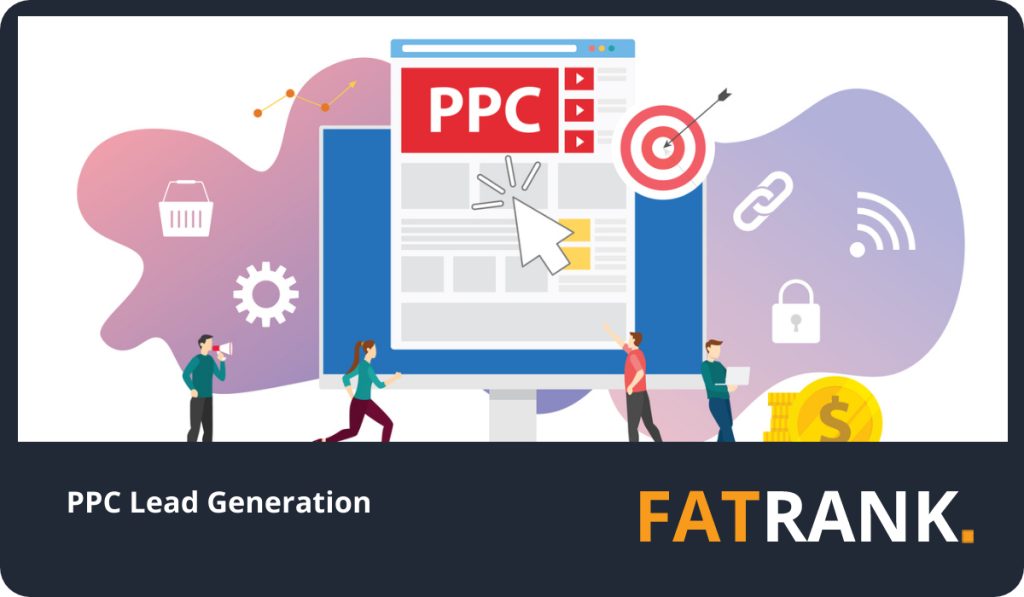Importance Of Leads That Convert Into Profit
In marketing, converting leads into profit is essential for business success. But what defines a lead, and how does it differ from a prospect?
The goal is to turn leads into profit through understanding, targeting, and nurturing high-quality leads.
By utilising key performance indicators (KPIs) and metrics, businesses can measure and enhance their lead generation efforts.
This article explores the importance of profitable leads, effective generation strategies, and best practices for nurturing and measuring success. Let’s uncover the secrets to transforming leads into profit.
Contents
- What Are Leads That Convert Into Profit?
- How Are Leads Defined In Marketing?
- Why Are Leads That Convert Into Profit Important?
- How Can Businesses Generate Leads That Convert Into Profit?
- What Are The Characteristics Of Leads That Convert Into Profit?
- What Are The Best Practices For Nurturing Leads That Convert Into Profit?
- What Are The Metrics Used To Measure The Success Of Leads That Convert Into Profit?
- Other Lead Generation Articles
What Are Leads That Convert Into Profit?
Leads that convert into profit are high-quality potential customers who progress through the customer journey and generate revenue for a business.
The whole point of leads is to turn these prospects into customers, and preferably returning customers, that connect with the company for a long time.
How Are Leads Defined In Marketing?
In marketing, leads are potential customers who have shown interest in a product or service through various engagement activities.
Lead generation is the process of attracting and converting these leads into potential customers. This involves creating engaging content, implementing SEO strategies, utilising social media platforms, and email marketing campaigns to capture the attention of the target audience.
Once leads are captured, the lead management process comes into play, where lead scoring is crucial. Lead scoring helps in prioritising leads based on their readiness to make a purchase, allowing for more personalised and effective follow-ups. Marketing campaigns play a vital role in attracting potential customers by creating awareness, building brand credibility, and nurturing relationships with leads.
What Is The Difference Between A Lead And A Prospect?
A lead is a potential customer who has shown interest, whereas a prospect is a lead that has been qualified through further engagement and fits the target criteria.
Converting a lead into a prospect involves a strategic process. The sales funnel plays a crucial role in this conversion journey.
The first step is to attract leads through various marketing efforts, such as content creation and advertising. Once leads show interest, they enter the top of the funnel. The subsequent steps include engaging with the leads, qualifying them based on their needs and budget, and ultimately converting them into prospects. Different sales methods are applied at each stage of the funnel to nurture and guide leads towards becoming prospects.
Why Are Leads That Convert Into Profit Important?
Leads that convert into profit are crucial because they directly impact a business’s lead conversion rate, ROI, and revenue growth.
Leads that don’t convert are essentially a waste of money. The objective of securing leads is to find customers likely to convert. This equals new business and leads that do not convert may be down to the fact that they’re poor-quality leads.
The difference between good agencies and run-of-the-mill firms is the quality of their leads and the work they put into them.
What Is The Ultimate Goal Of Generating Leads?
The ultimate goal of generating leads is to convert them into paying customers to drive revenue growth for the business.
In the realm of business, lead generation is a critical process that involves identifying and cultivating potential customers who have expressed interest in a product or service.
This initial stage serves as the foundation for building a customer base that can sustain long-term revenue growth. With strategic marketing tactics and effective communication, businesses can nurture these leads through the sales funnel, ultimately guiding them towards conversion. Lead conversion, the pivotal moment when a prospect becomes a customer, not only boosts immediate revenue but also lays the groundwork for establishing ongoing relationships and fostering loyalty.
How Can Leads That Convert Into Profit Impact A Business?
Leads that convert into profit significantly impact a business by boosting revenue and fostering lasting customer relationships.
When high-quality leads are properly nurtured and converted, businesses can witness a significant increase in revenue as these leads are more likely to result in sales and repeat business. Plus the financial benefits, these conversions also contribute to building stronger and more loyal customer relationships. By understanding the needs and preferences of these leads, businesses can tailor their products and services to meet their specific requirements, further solidifying customer trust and satisfaction. This emphasis on customer relationships not only aids in short-term profitability but also paves the way for long-term business success and sustainability.
How Can Businesses Generate Leads That Convert Into Profit?
Businesses can generate leads that convert into profit by implementing effective marketing strategies and utilising CRM tools.
What Are The Different Types Of Lead Generation Strategies?
Different types of lead generation strategies include content marketing, social media campaigns, and email marketing.
- Content marketing is a powerful tool that involves creating valuable and relevant content to attract potential leads. By offering informative blog posts, eBooks, or webinars, businesses can establish themselves as industry experts and capture the interest of their target audience. This strategy not only helps in generating leads but also nurtures relationships with existing customers.
- Regarding social media campaigns, platforms like Facebook, Twitter, and LinkedIn play a significant role in reaching a wider audience. By engaging with users through interesting posts, interactive content, and targeted ads, companies can drive traffic to their websites and capture leads in a more personalised manner.
- Email marketing is another effective lead generation strategy that involves sending targeted emails to prospects who have shown interest in a company’s products or services. By providing valuable information, promotions, and personalised recommendations, businesses can convert leads into customers and retain their loyalty over time.
What Are The Key Elements Of A Successful Lead Generation Campaign?
The key elements of a successful lead generation campaign are targeted customer engagement and attracting high-quality leads.
- Targeted customer engagement involves tailoring your marketing efforts to reach a specific audience segment that is most likely to be interested in your products or services. This requires detailed demographic and psychographic research to understand your target market’s preferences and behaviors.
- To attract high-quality leads, it is crucial to provide valuable and relevant content that addresses their pain points and interests. Content that is informative, engaging, and personalised can capture the attention of potential leads and encourage them to take action.
What Are The Characteristics Of Leads That Convert Into Profit?
Leads that convert into profit typically exhibit high-quality characteristics such as specific demographics and favourable lead behaviour.
What Are The Demographics And Behaviours Of High-Quality Leads?
High-quality leads often share certain demographics and display behaviours that align with targeted lead scoring criteria.
These leads typically fall within a specific age range, income bracket, and geographic location, making it easier for marketers to tailor their campaigns towards this group. High-quality leads often exhibit behaviours such as frequent engagement with content, interactions with the brand across multiple channels, and a demonstrated interest in the products or services offered. Understanding these traits allows companies to refine their marketing strategies and focus their efforts on attracting and nurturing leads that are more likely to convert into loyal customers.
How Can Businesses Identify And Target These Leads?
Businesses can identify and target high-quality leads through effective lead conversion strategies and utilising CRM tools.
One common method businesses use is lead scoring, where potential leads are ranked based on their interactions and engagement with the company. By leveraging CRM tools, businesses can track customer behaviour, preferences, and history to tailor personalised communications and offers.
- Another way to target high-quality leads is through lead nurturing campaigns, which involve educating and building relationships with prospects over time.
Businesses often analyse data from various sources, including website analytics and social media platforms, to gain insights into their target audience and adjust their targeting strategies accordingly.
What Are The Best Practices For Nurturing Leads That Convert Into Profit?
The best practices for nurturing leads that convert into profit involve consistent follow-up and building strong customer relationships.
How Can Businesses Build Relationships With Leads To Increase Conversion?
Businesses can build relationships with leads to increase conversion by maintaining regular communication and personalised engagement.
Personalised communication plays a crucial role in nurturing leads and fostering trust. By tailoring interactions according to the specific needs and preferences of potential customers, businesses show that they value each lead as an individual rather than just a number in their database. This approach not only boosts engagement levels but also helps in creating a strong rapport with leads, leading to a higher likelihood of conversion.
What Are The Most Effective Lead Nurturing Tactics?
The most effective lead nurturing tactics include:
- Timely follow-up
- Personalised email marketing
- Leveraging CRM systems
What Are The Metrics Used To Measure The Success Of Leads That Convert Into Profit?
Metrics used to measure the success of leads that convert into profit include conversion rate, lead engagement, and other key performance indicators (KPIs).
What Are The Key Performance Indicators (KPIs) For Lead Generation?
Key performance indicators (KPIs) for lead generation include lead conversion rate, customer engagement, and the number of high-quality leads captured.
Measuring the lead conversion rate is crucial as it indicates how effectively leads are progressing through the sales funnel and turning into customers. A high conversion rate signifies the strength of your lead generation efforts. On the other hand, customer engagement metrics help in gauging how involved and interested leads are with your brand. Metrics such as time spent on website, click-through rates, and social media interactions provide insights into the level of engagement.
Tracking the number of high-quality leads captured ensures that your lead generation strategies are targeting the right audience. Quality leads are more likely to convert into customers, enhancing the overall effectiveness of your sales pipeline.
How Can Businesses Use These Metrics To Improve Their Lead Generation Strategies?
Businesses can use these metrics to improve their lead generation strategies by conducting thorough data analysis and optimisation.
By analysing key metrics such as conversion rates, click-through rates, and return on investment, companies can gain valuable insights into the effectiveness of their current marketing efforts.
With this data-driven approach, businesses can identify areas of improvement, implement targeted changes, and measure the impact of these adjustments in real-time.
This constant cycle of analysis, optimisation, and monitoring allows organisations to refine their lead generation tactics, enhance customer engagement, and ultimately drive more conversions.
Other Lead Generation Articles
- 10 Ways to Generate Sales Leads Without Cold Calling

- Accountants Lead Generation

- Addiction Rehab Treatment Lead Generation

- Annuity Lead Generation

- Architects Lead Generation

- Attorney Lead Generation

- Bark.com Review

- Boiler Lead Generation

- Building Lead Generation

- Carpet Cleaning Lead Generation

- Checkatrade Review

- Chiropractic Lead Generation

- Cleaning Lead Generation

- Concrete Lead Generation

- Conservatory Lead Generation

- Credit Repair Lead Generation

- Cyber Security Lead Generation

- Damp Proofing Lead Generation

- Debt Lead Generation

- Decorator Lead Generation

- Dentist Lead Generation

- Digital Marketing Strategies for Lead Generation

- Double Glazing Lead Generation

- Driveway Lead Generation

- Electrician Lead Generation

- Equity Release Lead Generation

- Excavation Contractor Lead Generation

- Facebook Ads Lead Generation | Buy Facebook Advertising Leads

- Fencing Lead Generation

- Financial Advisor Lead Generation

- Fintech Lead Generation: 5 Strategies for Fintech Companies

- Garage Door Lead Generation

- Heat Pump Lead Generation

- Heating Lead Generation

- Home Improvement Lead Generation

- How to Choose the Right Lead Generation Client

- How to Generate More Leads

- HVAC Lead Generation

- Importance Of Exclusive Leads

- Importance Of Leads That Convert Into Profit

- Inbound Lead Generation Agency

- Instagram Ads Lead Generation | Buy Instagram Advertising Leads

- Insulation Lead Generation for Cavity Wall or Loft Insulations

- Is Lead Generation Worth it?

- Is Yellow Pages Business Advertising Value For Money?

- IT Services Lead Generation

- Joiner Lead Generation

- Landscaping Lead Generation

- Lawyers Lead Generation

- Lead Generation for Recruitment Agencies

- Lead Generation Quotes to Inspire You

- Lead Generation Testimonials

- Lead Nurturing Strategies

- Lead Simplify Review

- Life Insurance Lead Generation

- Link Building Campaigns

- Loans Lead Generation

- Locksmith Lead Generation

- Loft Conversion Lead Generation

- Mortgage Lead Generation

- Mould Remediation Lead Generation

- My Builder Review

- Outbound Lead Generation Agency

- Painting Contractor Lead Generation

- Pay Per Lead Generation

- Personal Trainer Lead Generation

- Pest Control Lead Generation

- Photographer Lead Generation

- Plastering Lead Generation

- Plastic Surgery Lead Generation

- Plumbing Lead Generation

- PPC Lead Generation

- Pressure Washing Lead Generation

- Proactive PR

- Qualified Investor Leads: How to Get High Quality Leads

- Rated People Review

- Real Estate Lead Generation

- Realtor Lead Generation

- Reasons to Decline Lead Generation Requests

- Recruitment Lead Generation

- Rendering Lead Generation

- Roofing Lead Generation

- SaaS Lead Generation

- Scaffolding Lead Generation

- SEO Lead Generation

- Solar Panel Lead Generation

- Stairlift lead generation

- Suspended Ceiling Lead Generation

- Tradesman Websites

- Tree Service Lead Generation

- TrustATrader Review

- Twitter Ads Lead Generation | Buy Twitter Advertising Leads

- Unbiased Review

- Videographer Lead Generation

- Virtual Assistant Lead Generation

- Water Damage Lead Generation

- Wealth Management Lead Generation

- Web Design Lead Generation

- Website Information Required

- What Is Lead Management

- What Is The Impact Of Lead Response Time

- What Is The Importance Of Lead Quality

- Why is Lead Attribution Important?

- Why Real-Time Leads Could Boost Your Sales

- YouTube Ads Lead Generation | Buy YouTube Advertising Leads

- Zero Risk Lead Generation Service


About FatRank
Our aim to explain and educate from a basic level to an advanced on SEO and Social Media Marketing.
